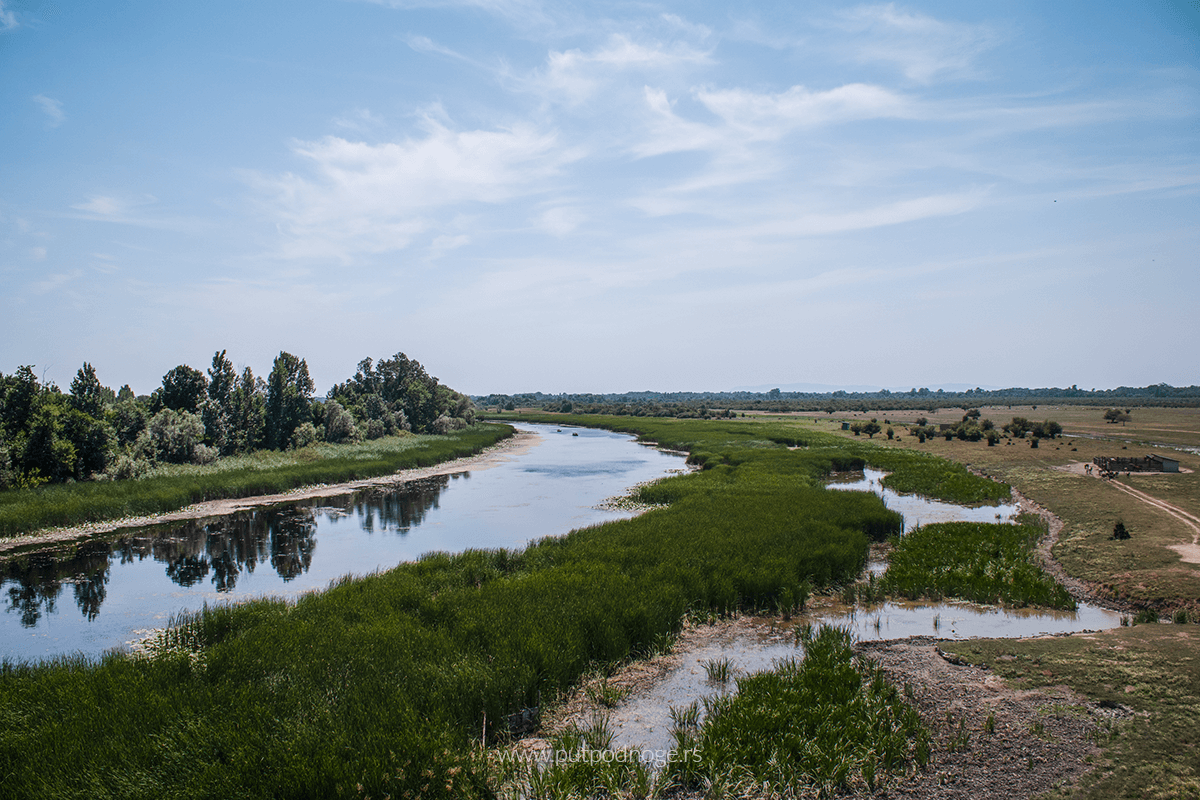
Special Nature Reserve Zasavica
Welcome to Zasavica, a special nature reserve located just an hour’s drive from Belgrade! This ideal destination for a day trip combines natural beauty, rich history, and mystical Celtic legends, offering you the chance to immerse yourself in nature, discover diverse flora and fauna, and hear unique stories that inspire a renewed connection with the world around you.
With summer in full swing, we’re all trying to escape the city on weekends. That means one thing: a getaway to the nearest spot where we can find refuge from the heat. While Zasavica might not be the perfect escape from the summer sun, it does offer the pleasure of being near water. So, we packed our bags and set off for Zasavica.
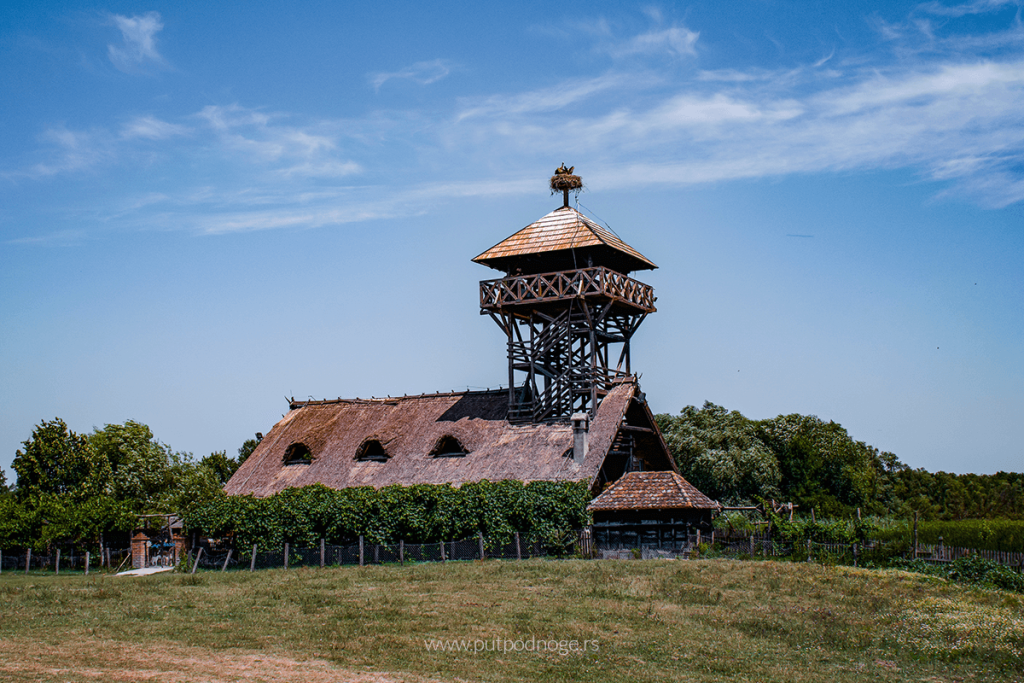
About Zasavica
The Special Nature Reserve Zasavica is located in the southern part of Vojvodina and the northern part of Mačva, east of the Drina and south of the Sava, within the municipalities of Sremska Mitrovica and Bogatić. This wetland area features floodplain meadows and forests, and it is traversed by the Zasavica River, Batar Stream, and the Jovac and Prekopac canals.
Zasavica stands out for its unique blend of forests, wetlands, expansive shores, and water surfaces, serving as home to diverse flora and fauna. The traditional riverine lifestyle, reflected in the folklore and daily lives of the local population, adds to its uniqueness. With significant historical heritage, Zasavica was declared a natural asset of exceptional importance in 1997 and placed under state protection. A few years later, it joined the Europark Federation, an organization dedicated to the conservation and promotion of European national parks.
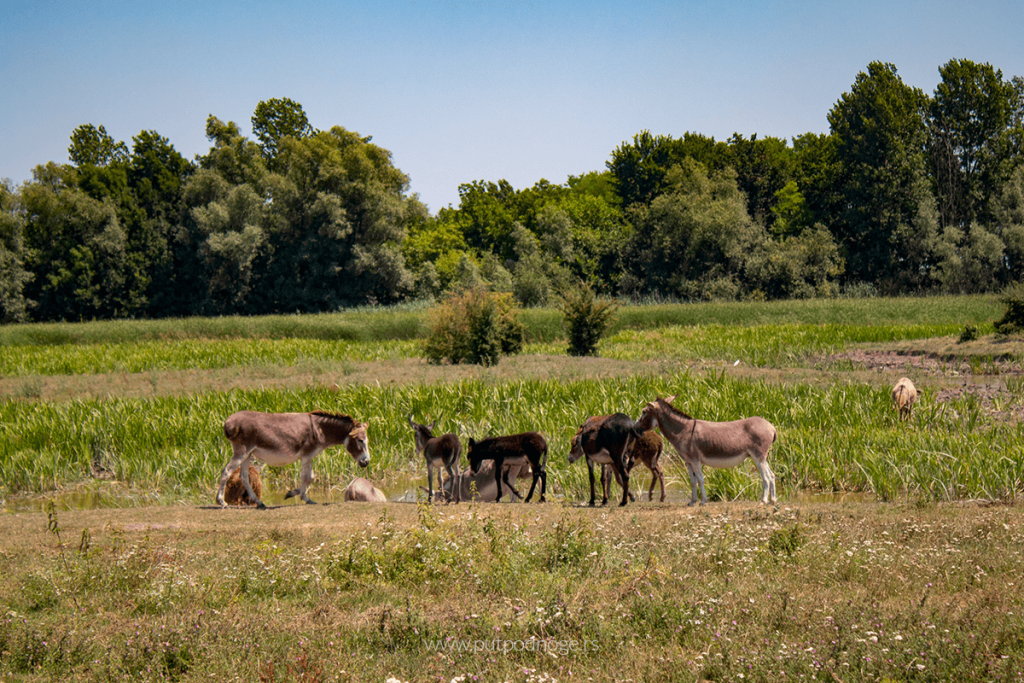
Today, Zasavica is protected as a special nature reserve to preserve its natural watercourse and wetland habitats. The reserve’s importance lies in its rich biodiversity, including rare and endangered species. To date, over 680 plant species, 20 fish species, 27 species of amphibians and reptiles, 216 bird species, and more than 600 invertebrate species have been recorded in the reserve.
While you might not spot all these species during your visit, you will certainly encounter what Zasavica is famous for: old breeds of domestic animals roaming freely. Mangulica pigs, donkeys, goats, buffaloes, and Podolian cattle are just some of the inhabitants you can meet while strolling through the reserve.
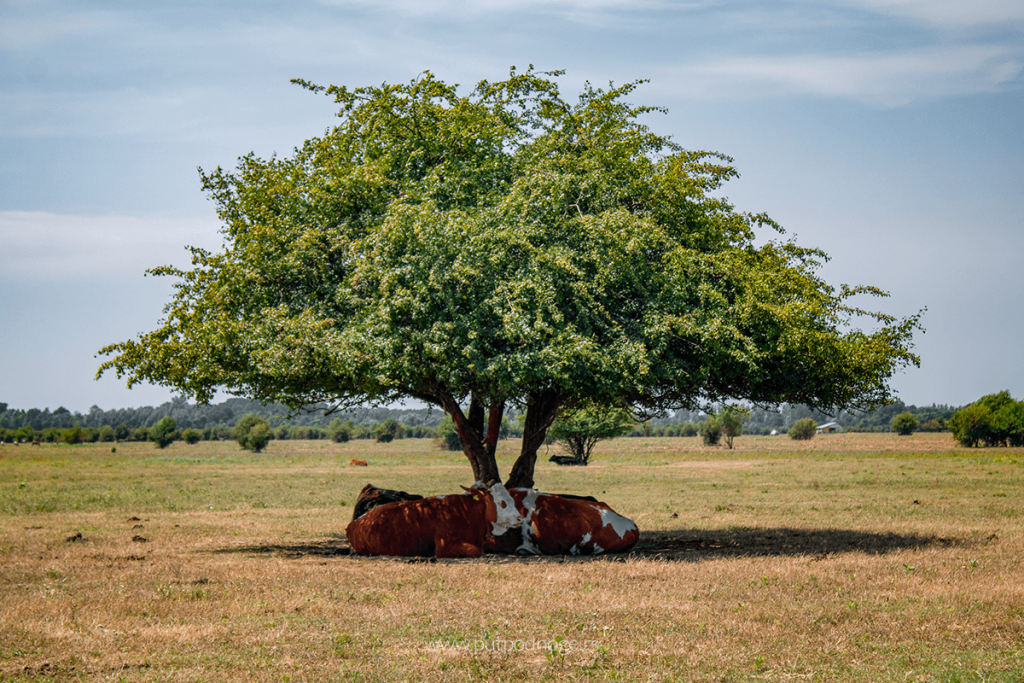
What to see in Zasavica?
For visitors, the reserve offers a visitor center, a wooden structure with an 18-meter-high observation tower providing a view of the pasture and the most expansive and picturesque part of Zasavica. There’s also a pontoon leading to rowing boats and a tourist boat that takes visitors on a tour of the reserve. The navigable route is 7 kilometers long, with the trip duration depending on water levels, which are highest in early spring and lowest in late summer. You can also explore the water using traditional wooden rowing boats.
After enjoying the view of Zasavica from the water, we took a leisurely walk across the vast pastures, where we encountered numerous domestic animals seeking shade from the scorching summer sun. A gentle stroll through the pastures is the best way to experience the wealth of Zasavica firsthand.
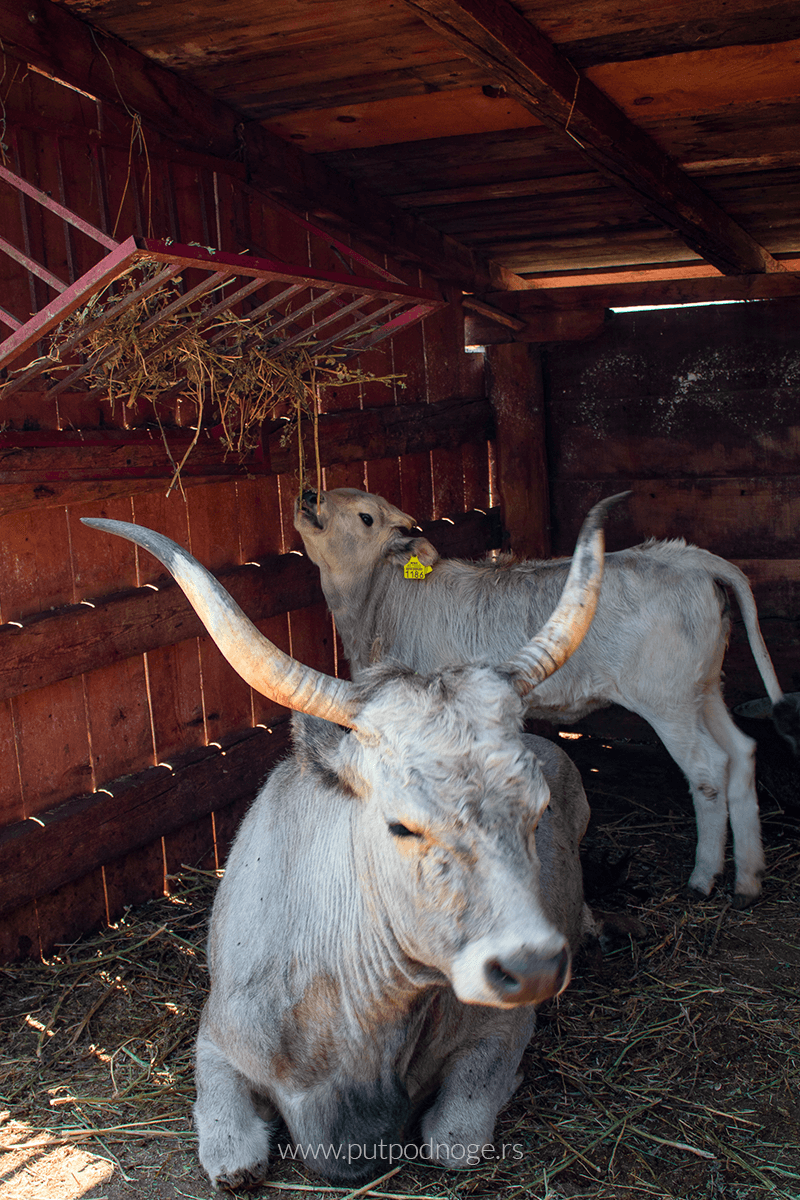
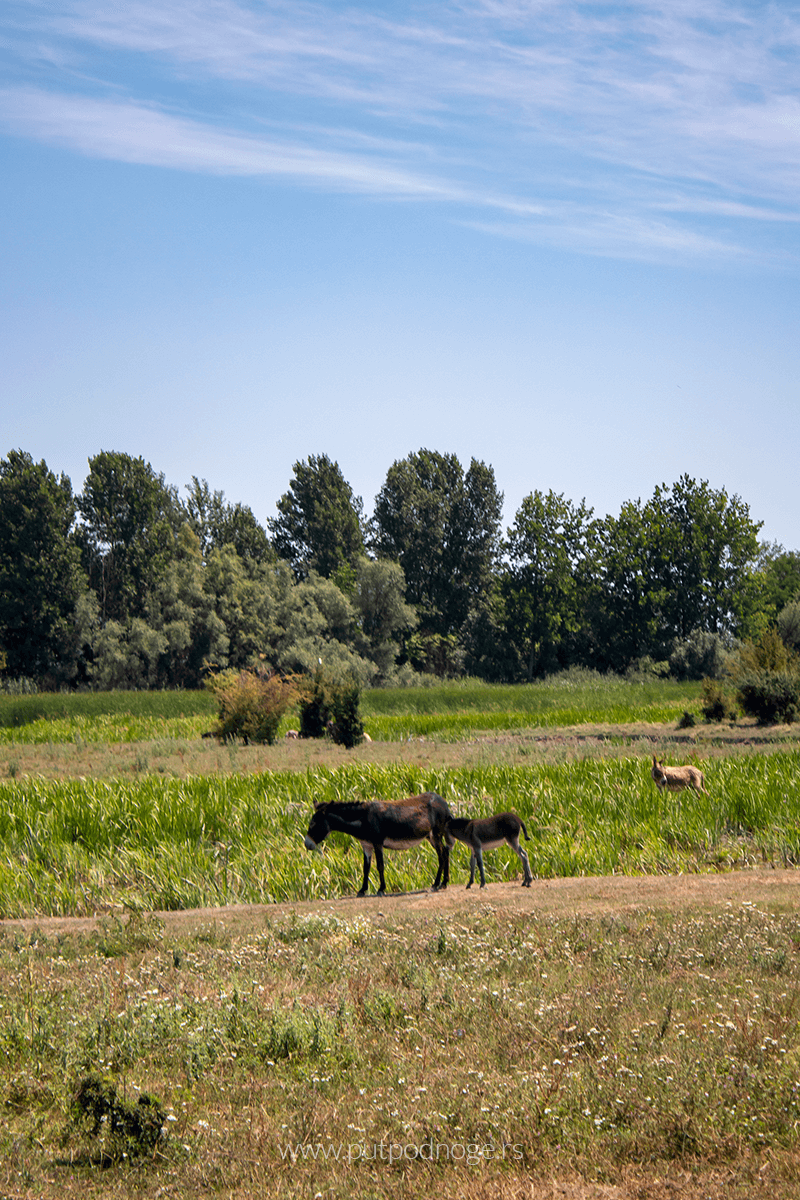
Beavers in Zasavica
The beaver, a charming rodent with a stocky body and flat tail, disappeared from Serbia in the early 20th century due to habitat loss and overhunting. However, it returned to our territory in 2004 thanks to a donation from Bavarian naturalists. Thirty-five of these charismatic dam builders were reintroduced to the Zasavica Special Nature Reserve. The beavers quickly adapted to their new habitat, and their population has since grown significantly, spreading along the Sava and the Drina River basins. Today, it is estimated that over 2,000 beavers inhabit Serbia, making them a vital part of the local ecosystem once again.
Although we didn’t spot any beavers during our visit, they can likely be seen on quieter days when there are fewer visitors.
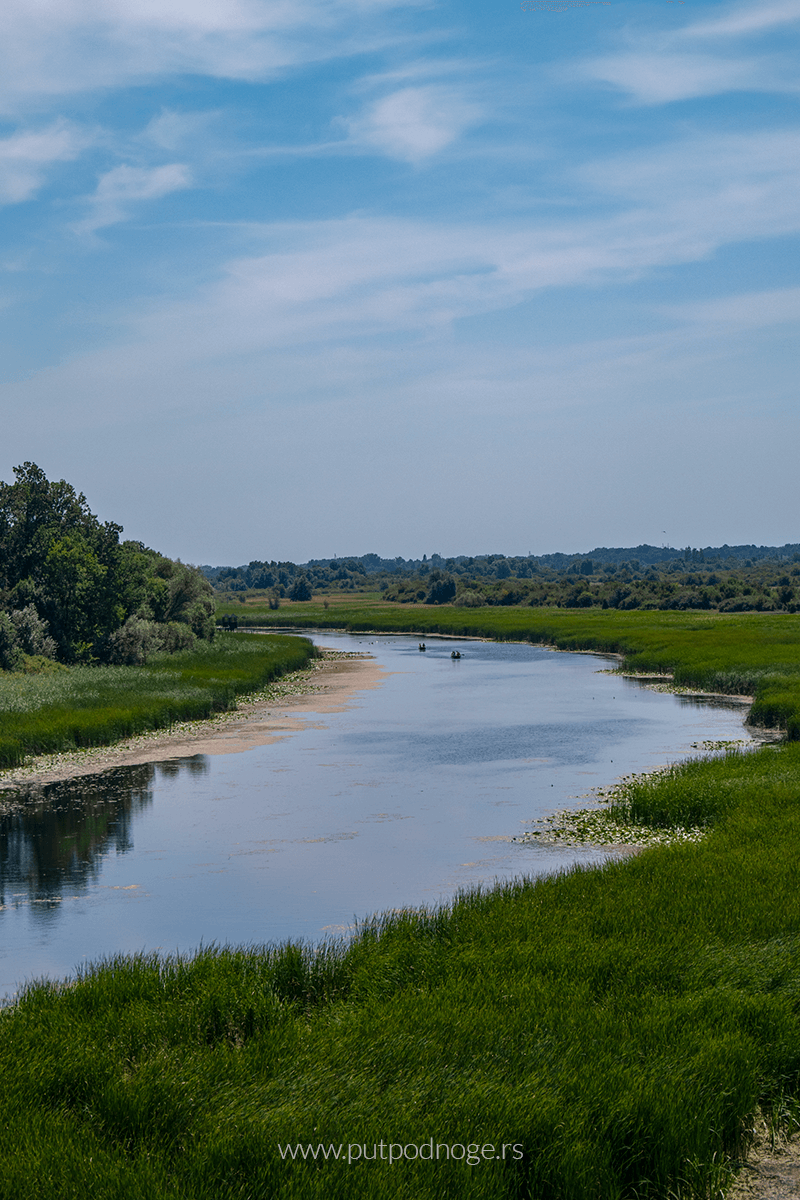
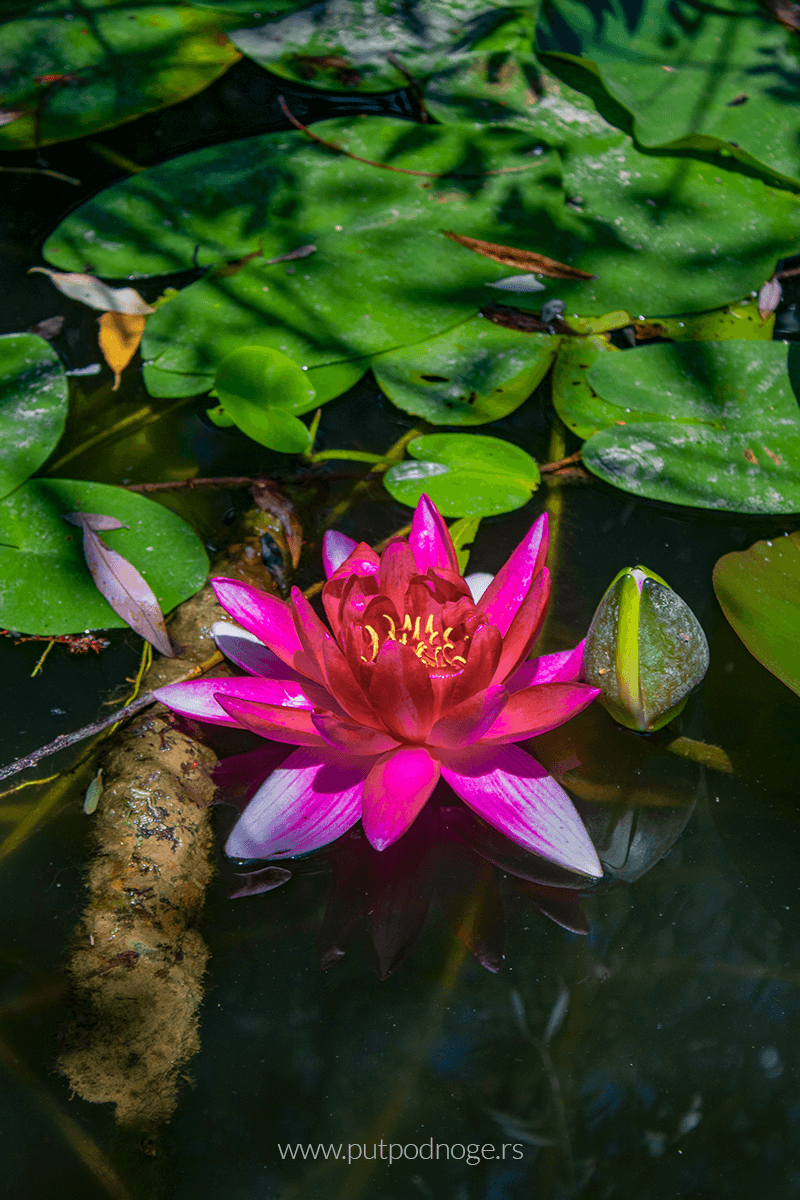
Visitor Center
We took a short break at the visitor center, which includes an ethnographic room with a canopy showcasing historical household and agricultural tools and artifacts from the late 19th and early 20th centuries.
If you haven’t packed a picnic to enjoy at the wooden tables and benches, you can refresh yourself at the on-site restaurant.
Another fascinating feature of Zasavica is its status as the largest donkey dairy farm in Southeastern Europe. Here, donkey milk is used to produce face creams, soaps, and the renowned cheese, which is among the most expensive in the region. If you’re interested in authentic Zasavica products, keep in mind that 50 grams of donkey cheese will cost you around 6,000 dinars (around 50€).
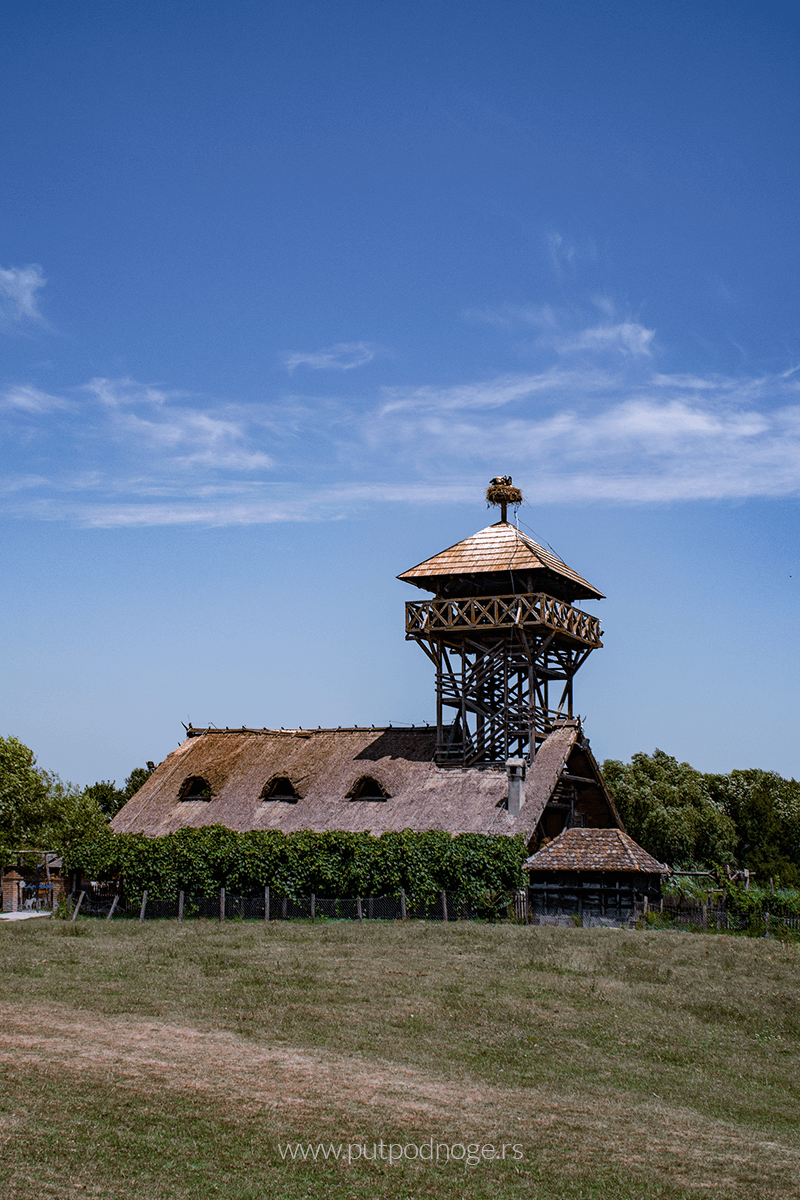
The Legend of Dragons
Celtic legends speak of dragons that once inhabited eight locations in Serbia, with Zasavica being one of them. According to the tales, dragons shaped the river courses in this region. The legend of Zasavica’s dragon describes it as a creature black and shaggy underneath, smooth and shiny on top. While these stories likely originated from sightings of otters in the area, their magical allure continues to attract visitors.
Whether you believe in legends or not, one thing is certain – Zasavica is a natural gem just an hour from Belgrade, perfect for a day trip.
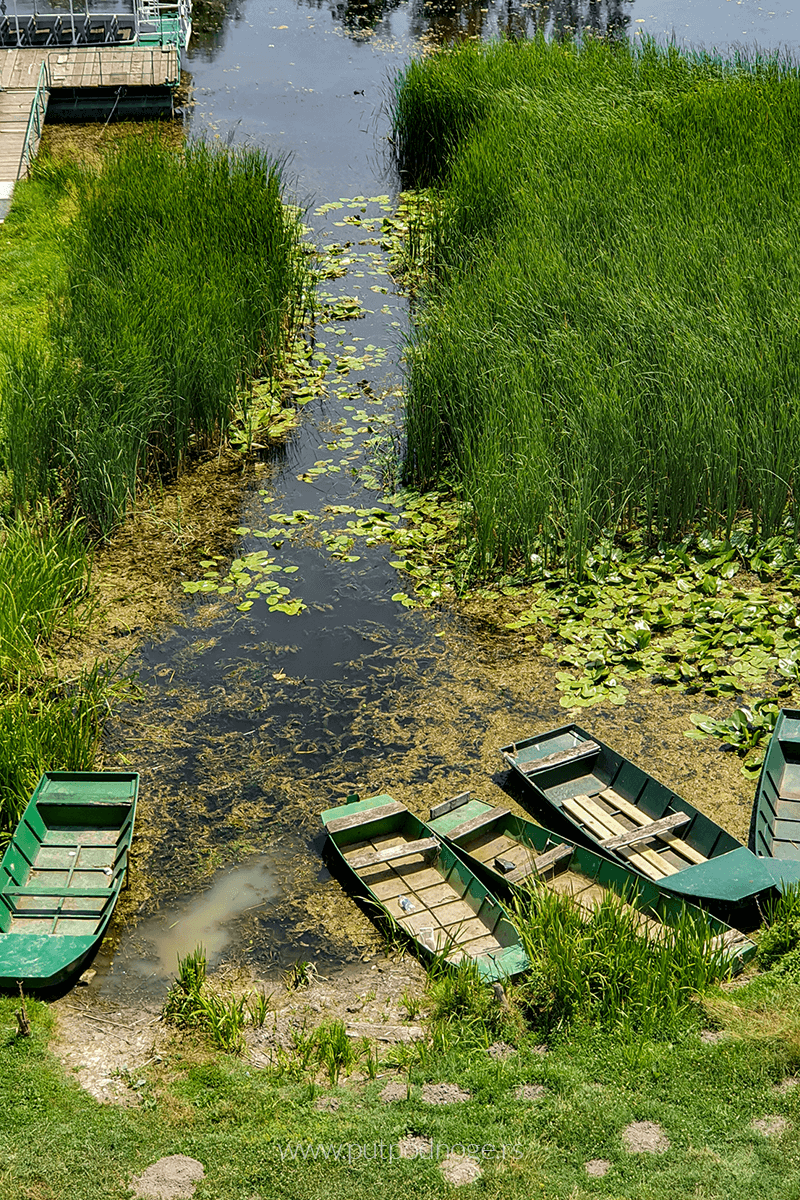
How to get there
The reserve is located less than 90 kilometers from Belgrade and 75 kilometers from Novi Sad. The nearest city is Sremska Mitrovica, only 17 kilometers away.
If you’re coming from Belgrade, take the E-70 highway towards Sremska Mitrovica, exiting at the Sremska Mitrovica toll gate. From there, it’s just a short drive along the Sava River to the village of Zasavica, where the reserve is located. Signposts along the way will guide you.
Walking among freely roaming animals and making eye contact with them offers an unforgettable weekend experience. Pack your backpack, hit the road, and discover Zasavica!
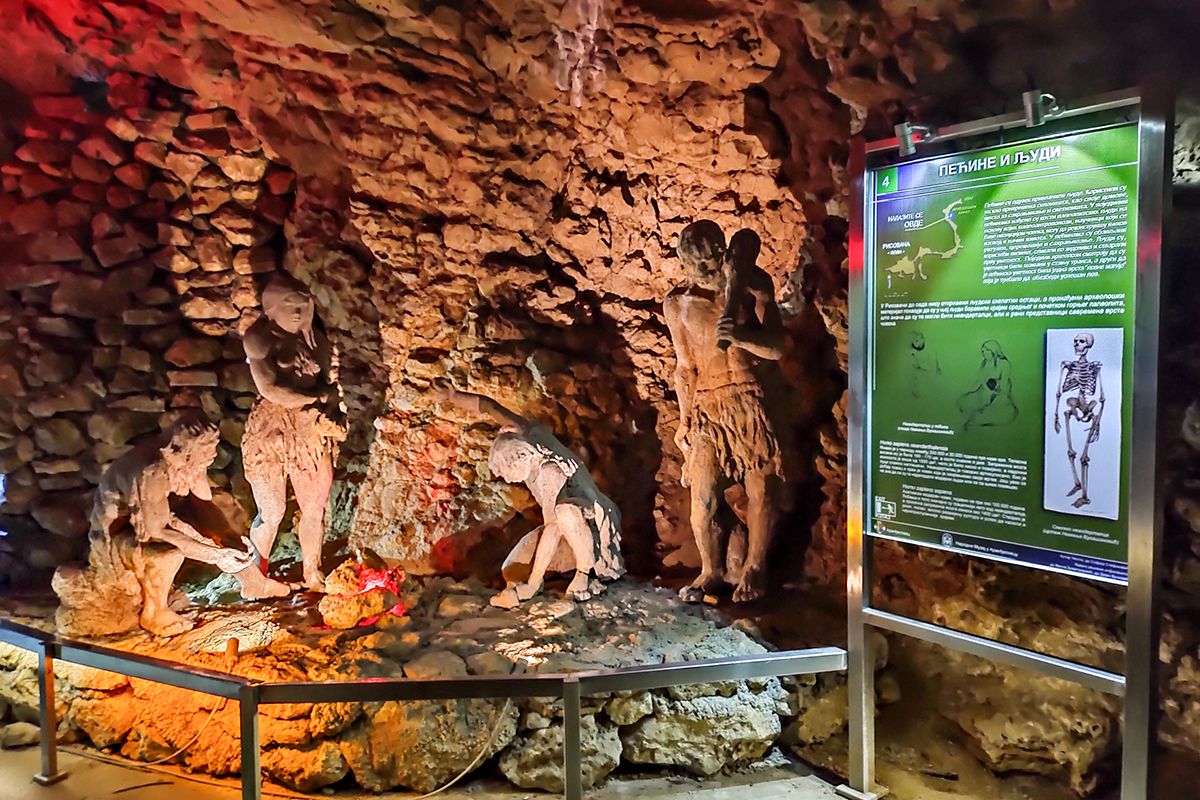
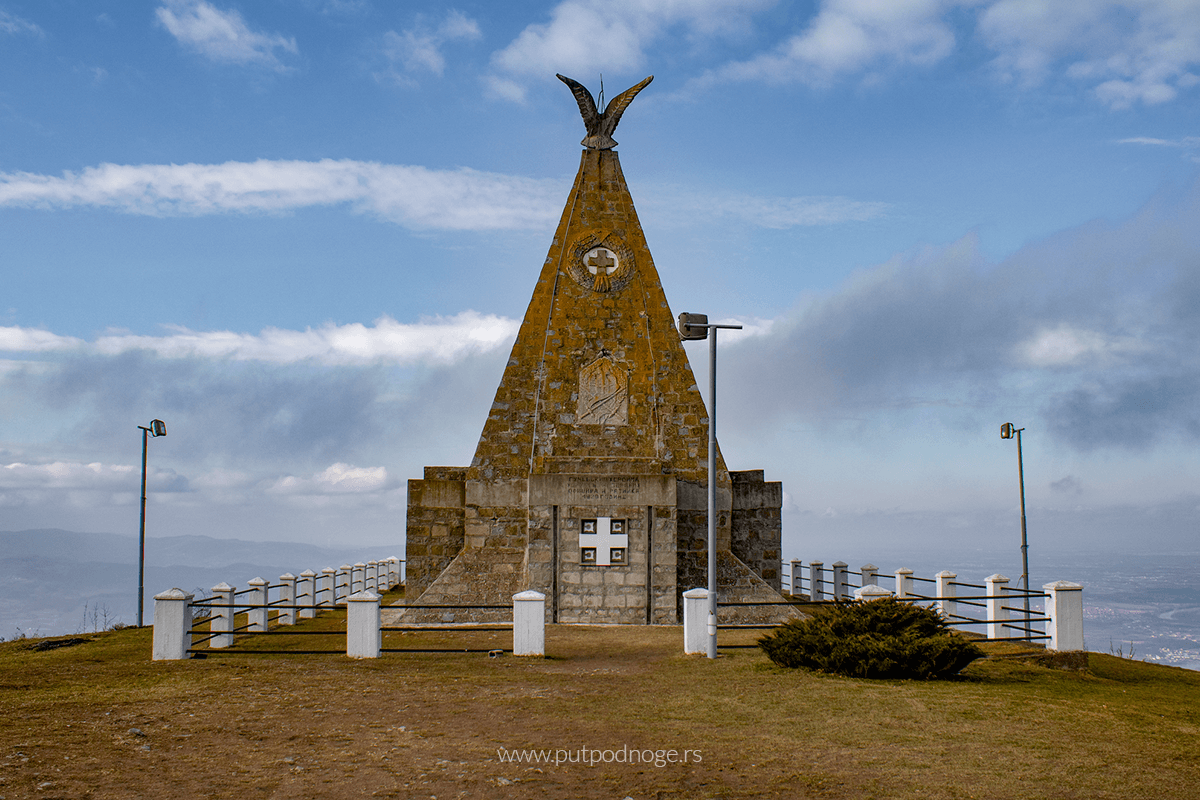
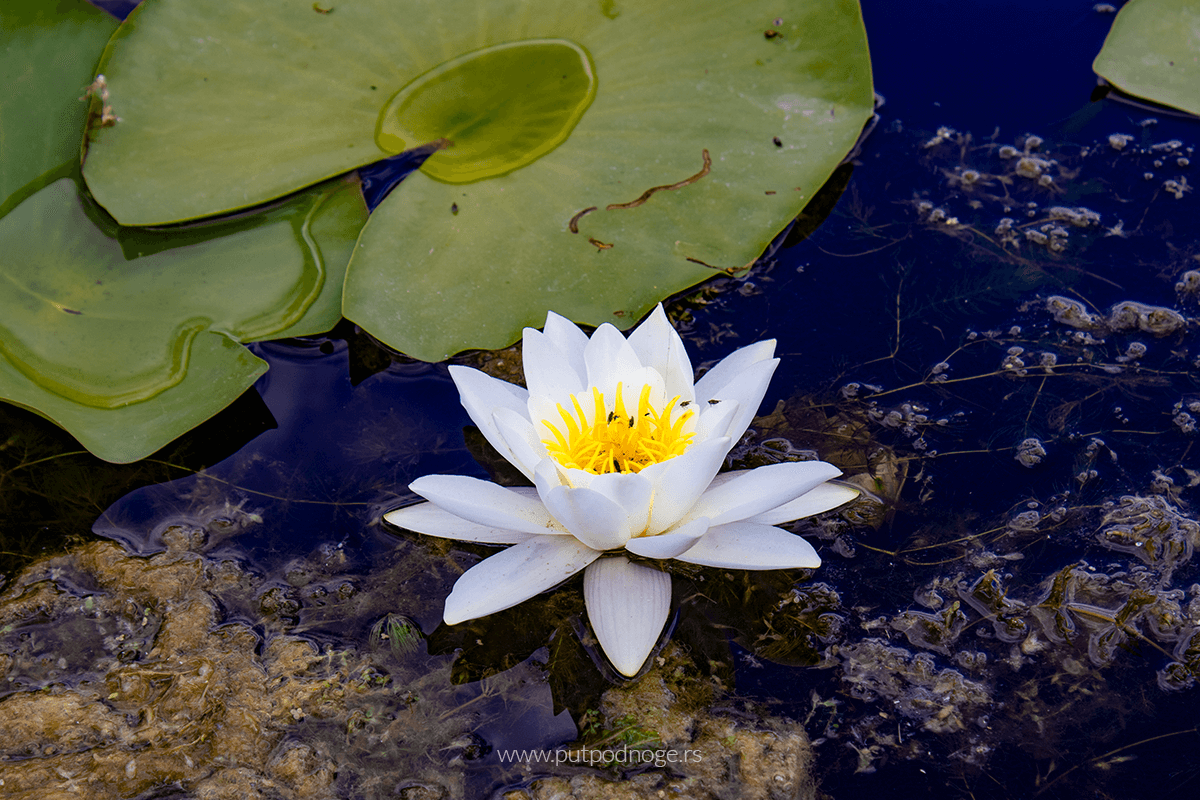
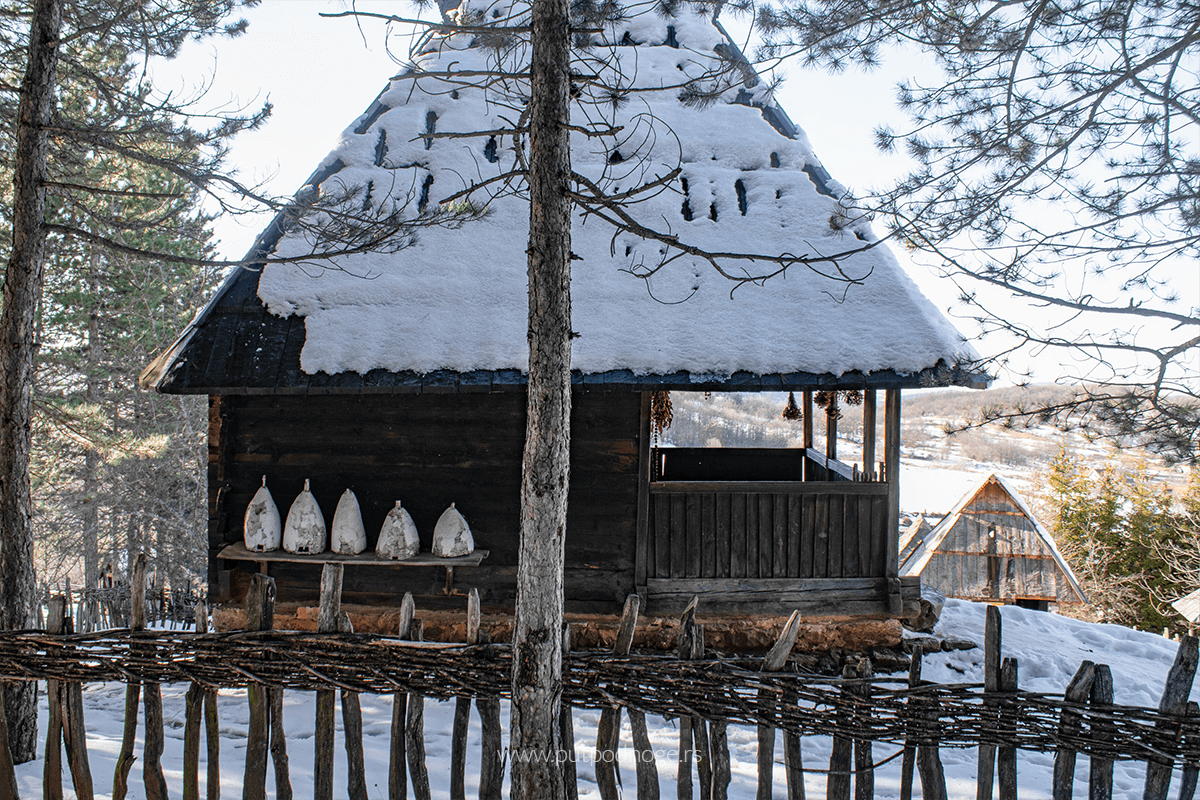
Leave a Reply